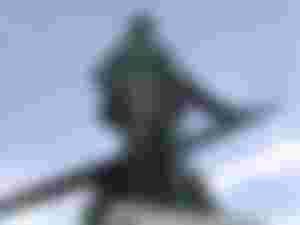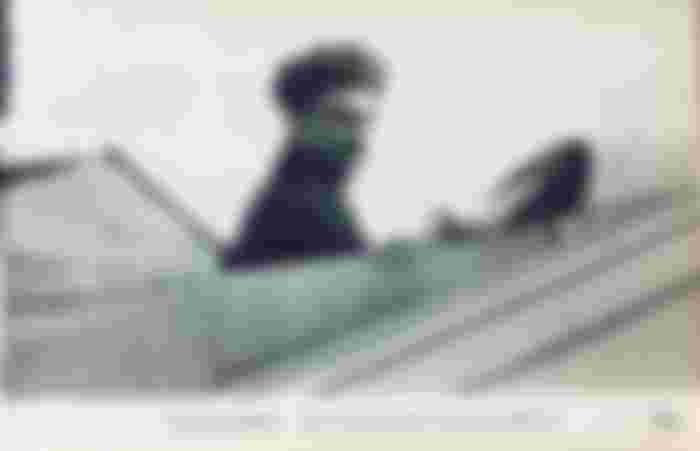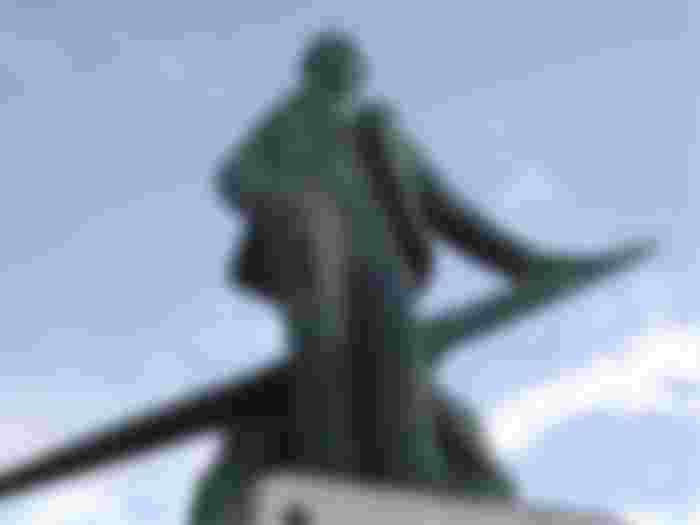Roland Garros, the famous tennis tournament in Paris, has reached its peak these days. And while white sports fans enjoyed the top matches and moves of their favorite players, few know who is behind the name of this spectacle.

Roland Garros was a celebrated war pilot in France, most notable for his actions in the First World War. However, even before this conflict, he was known in aviation circles.

Garos was born on October 6, 1888 in Saint-Denis, part of Paris, and began his aviation career at the age of 21 in small aircraft. He soon received a degree in Blerio aircraft management and participated in several air races across Europe.
By the beginning of World War I, Garos was already a well-known pilot, and thanks to that, he also visited the United States and South America.
His fame reached its peak when, in 1913, he became the first man to fly across the Mediterranean Sea in a non-stop flight from Frejus in the south of France to Bizerte in Tunisia. It took him 7 hours and 53 minutes, and the endeavor brought him world fame.

The Great War
Roland Garros joined the French army and became a war pilot. After several missions, Roland realized that flying and shooting at the same time was too difficult, so instead of on the side, he attached an automatic rifle to the front of the fighter plane. He thus made it easier for himself to shoot at his opponents, and in order to protect the propellers from damage by enemy bullets, he placed metal wedges on the plane.
In a short period of time, he crashed three German planes in this way, which brought him a great reputation. Soon, his system introduced a real revolution in warfare in the sky, and Roland Garros thus became one of the first fighter pilots in the world.

The fortunes of war turned their backs on Roland Garros on April 18, 1915, when his plane was shot down over the German part of the battlefield. He was taken prisoner and managed to escape from there only after three years. As soon as he arrived on the territory of France again, he returned to the army and took off again.
Only a few days later, the plane piloted by Garos crashed in Germany, and he failed to destroy it before it was captured by enemy forces. Some sources say that thanks to that aircraft, the Germans later invented an even more modern system, which gave them a new advantage over their opponents.
After almost three years of captivity and several attempts, Garros managed to escape on February 14, 1918 and returned to the French army. After several successful victories over the opposing forces, Garos was killed on October 5 of that year, just days before the official end of the war and his 30th birthday, near Vouziers, in the north of France. Although not confirmed, it is believed that he was killed by the German Hermann Habih, who was flying the Jasta 49 plane.

It turned out that the decision to rejoin the army was fatal for a brave pilot. Roland Garros was shot down again on October 5, 1918, above the town of Vuzia, in the Ardennes. He died less than a month before the end of the war.

Why tennis?
Although one of the world's biggest tennis tournaments was named after him, Roland Garros has never played a single competitive match in his life!

He played tennis recreationally during his student days, he pointed out that it was a very exciting sport, but he was actually a champion in another discipline - Roland Garros became the French cycling champion in 1906.
This tennis tournament has a very long tradition and has been played at the state level since 1891. The matches were held on the grass at one of the two stadiums in Paris - at the Stade de France and the RCF.

In 1925, the tournament became international, and for the needs of the Davis Cup in 1928, the leaders of the Stade de France ceded to the tennis federation three hectares of land to build a court.
They had only one condition - to name the new stadium and tournament Roland Garros.








A versatile young man. And a brave soldier.